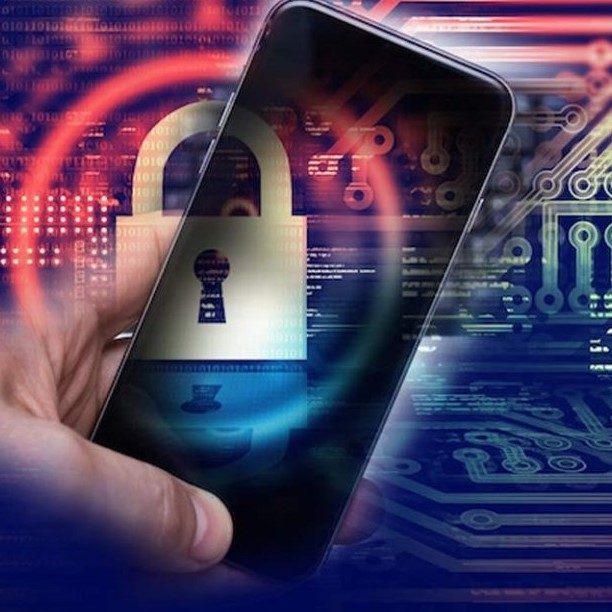
How to protect your phone from Spyhide: A guide to finding and removing the stalkerware app
Spyhide: The Stalkerware App That’s Stealing Your Private Data
By: Javid Amin
Spyhide is a stalkerware app that can steal your private and sensitive data, including passwords, contacts, messages, call logs, and real-time location data. Once installed on a device, the app automatically hides itself, making it difficult to find and remove.
In a blog post, a Switzerland-based hacker named Maia Arson Crimew said he was able to access Spyhide’s source code and gain access to a web-based dashboard where the victim’s stolen phone information was displayed. The dashboard contained detailed records of over 60,000 affected Android devices, dating back to July 2018.
The stolen data included:
- Information about each file on the device, such as when a photo or video was taken, where it was taken, and when it was uploaded.
- 3.29 million text messages, including confidential information such as two-factor authentication codes and password reset links.
- 1.2 million call logs, including the number of the receiver, the length of the call, and the location of the call.
- 312,000 call recordings.
- 925,000 contact details.
- Records for 382,000 photos.
- Around 6,000 audio clips that were silently recorded from the victim’s phone without their knowledge.
The report also revealed that Spyhide was able to access devices across all continents. Brazil and Europe had thousands of victims, while the United States had approximately 3,100 victims. Although this may seem like a small number, they were the most monitored in terms of location data.
The database also stored information of more than 750,000 people who signed up to use Spyhide and wanted to install the stalkerware on someone’s phone. However, most people who signed up did not pay for the spyware or installed it on another device.
How to Find and Remove Spyhide from Your Phone
If you think you may have Spyhide installed on your phone, there are a few things you can do to check and remove it.
- Open the Settings app on your phone and head over to the list of installed applications.
- Look for any apps that you don’t recognize or that have names that are similar to Spyhide, such as “Google Settings” or “T.Ringtone.”
- If you find any suspicious apps, uninstall them.
- You can also turn on “Google Play Protect” from the Google Play app settings. Google Play Protect will scan your device for malicious apps and remove them if it finds any.
How to Protect Yourself from Spyware
There are a few things you can do to protect yourself from spyware, such as:
- Be careful about what apps you install on your phone. Only install apps from trusted sources, such as the Google Play Store.
- Keep your phone’s operating system up to date. Software updates often include security patches that can help to protect your phone from malware.
- Use a strong password for your phone and change it regularly.
- Be aware of the signs of spyware infection, such as unexplained battery drain, strange text messages, or unexpected changes in your phone’s behavior.
If you think you may have been infected with spyware, there are a few things you can do:
- Contact your phone’s manufacturer or carrier for help.
- Use a security software to scan your phone for malware.
- Reset your phone to factory settings.
Conclusion | Spyhide is a serious threat to your privacy and security. If you think you may have been infected with Spyhide, it is important to take action to remove the app and protect your phone from further infection.

